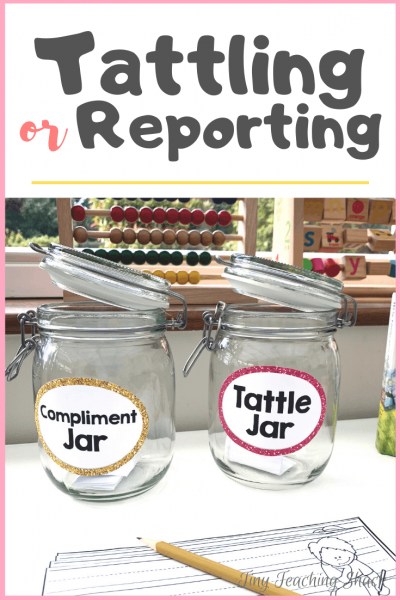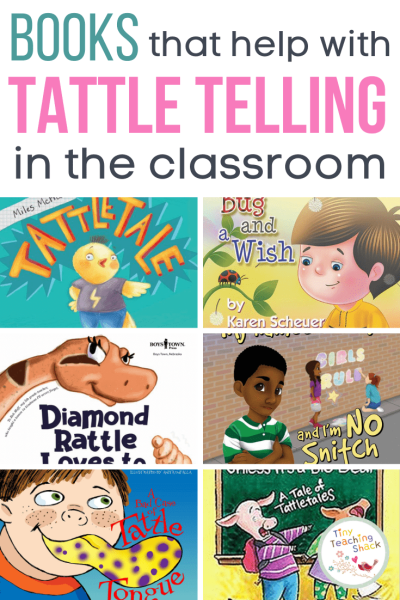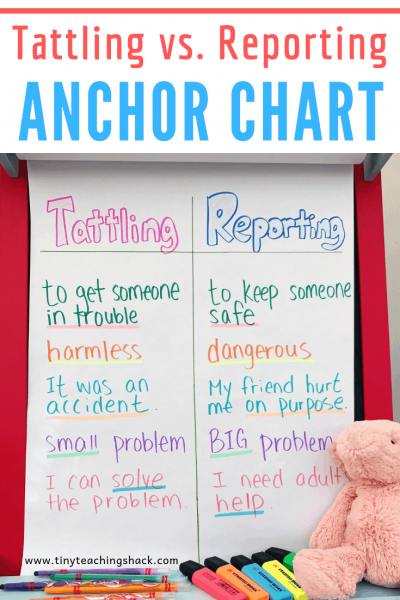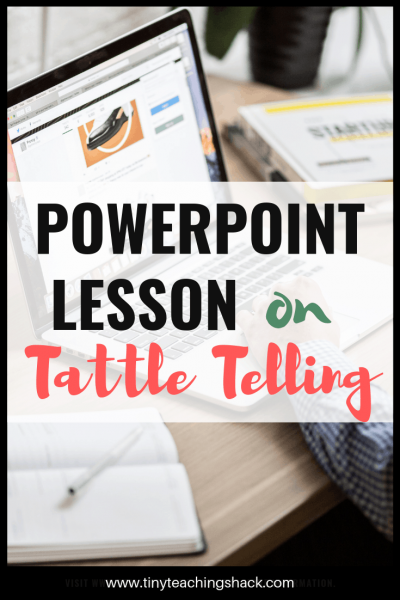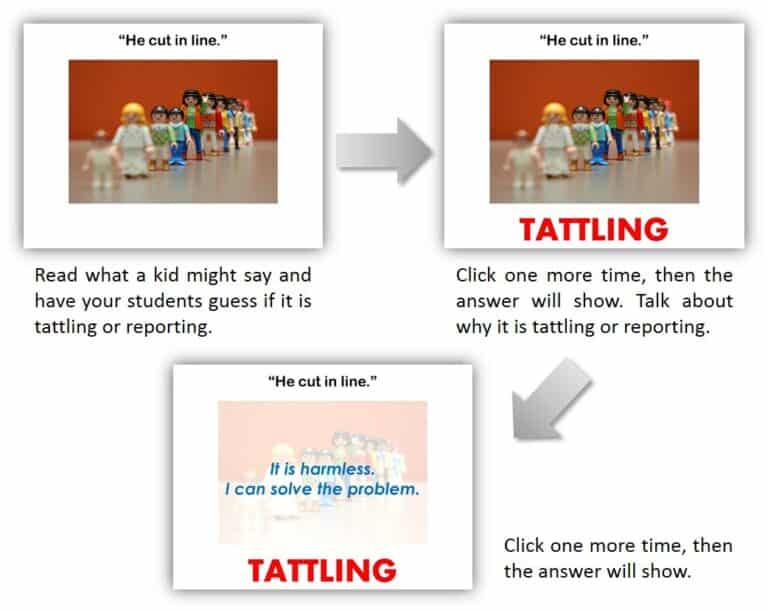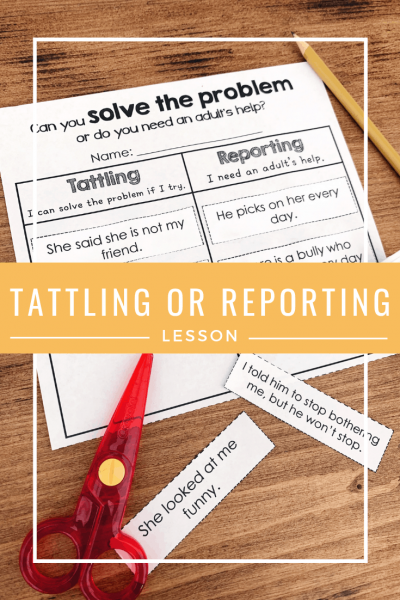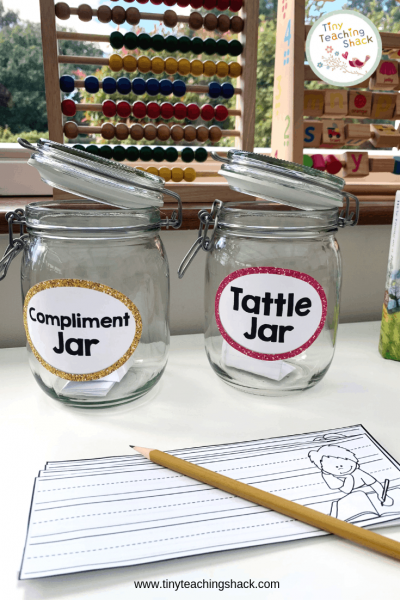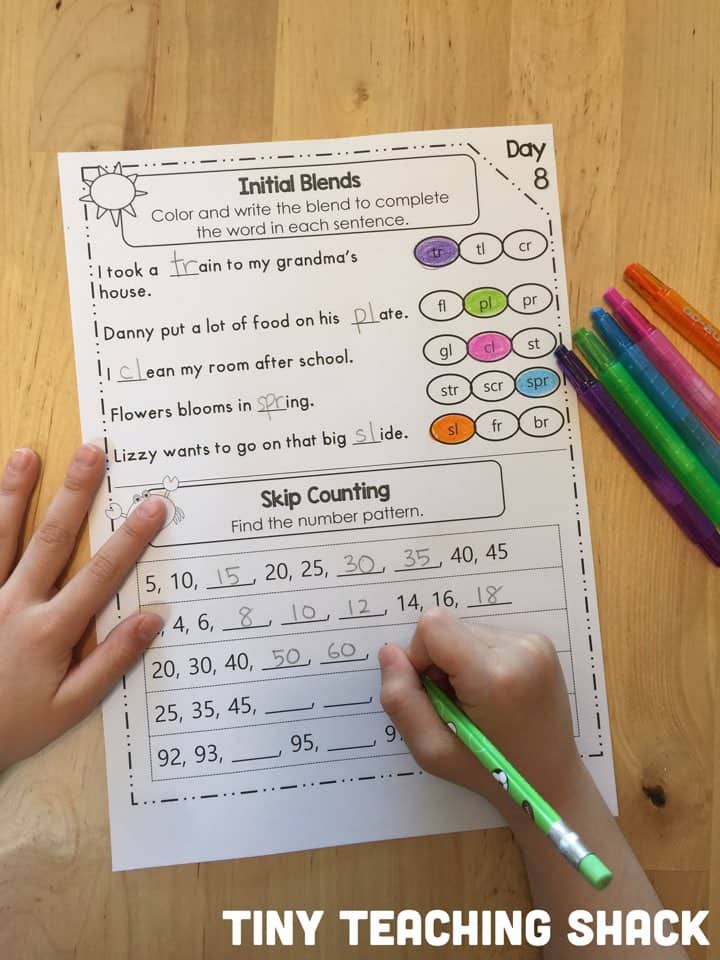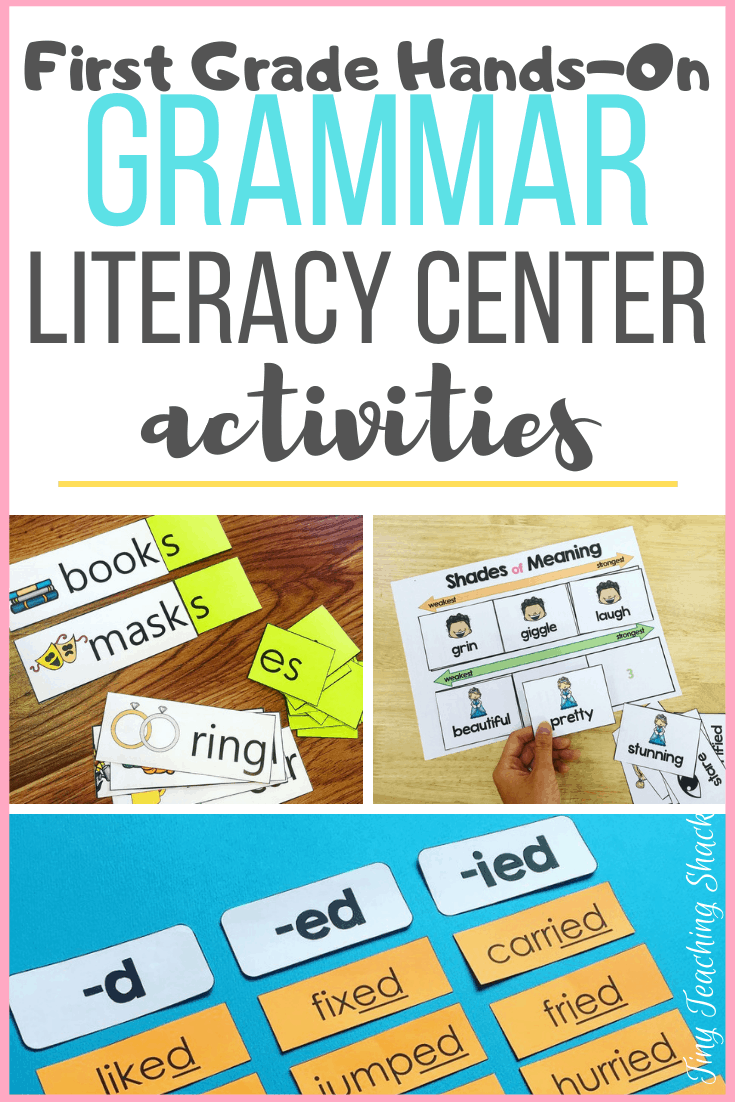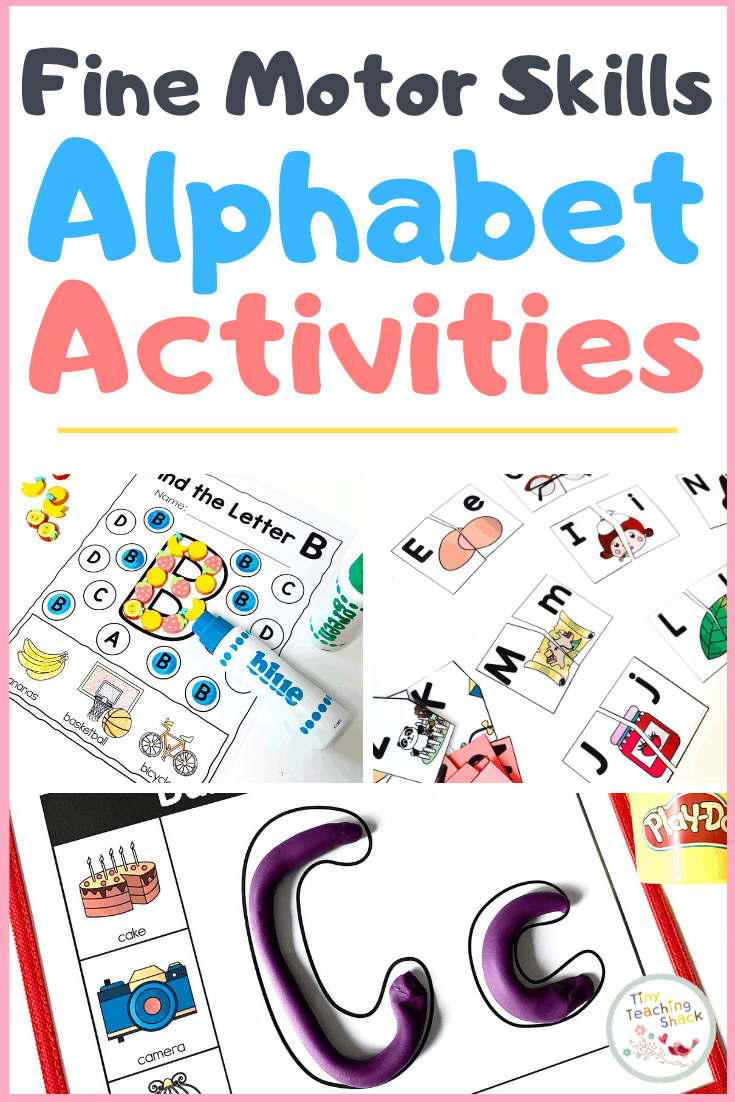“Jeremy cut in line!”
“Erica said she doesn’t want to play with me.”
“Ollie has his finger in his mouth.”
Non-Stop Tattling in Elementary School: How do you deal with it?
It’s typical behavior for young children to tattle on their friends in a classroom, and I believe that it is actually quite healthy. I see it as a great way to tell that they are gaining a sense of what is acceptable and unacceptable, or what is right and wrong in different types of situations.
However, if we teach them the difference between tattling vs reporting, it will encourage the younger students to be problem solvers, not just tattle-tales. In addition, it will preserve our sanity a lot of time! Here are some ways I dealt with different scenarios of tattling with younger children in our kindergarten/1st grade classroom.
- Read books that help with child tattling
- Making a tattling vs reporting anchor chart and classroom posters
- Doing an interactive PowerPoint Lesson on tattling and reporting
- Using kid-friendly tattling vs reporting no-prep printables
- Playing interactive digital task cards: Tattling vs Reporting Boom Cards
- Placing tattling and compliment jars in the classroom with a set of simple instructions
- Regular discussions about tattling and reporting
Picture Books to Tackle Tattle Telling
There are so many great picture books you can read with your students to tackle tattling and doing the right thing in the classroom. I picked some of my teacher friends’ and my favorites and provided a little snippet for each one so that you can choose what may suit your students’ best.
GET THE FULL LIST OF THE BOOKS HERE!
Tattling vs Reporting Anchor Chart
You can make anchor charts as fancy as you want, or you can just draw a line in the middle like me (see the picture below)! As you can see, I listed five points for tattling and five for reporting. The next activity will focus on each point with an example so that kids can get a deeper understanding of each one as a whole group.
Tattling vs Reporting PowerPoint Slides
I use this PowerPoint quiz which can go a long way to teach my kids to distinguish tattling from reporting more serious problems.You can use it for a class meeting as a way to teach, review, and quiz the children about the difference between tattling and reporting inappropriate behaviors. There are 9 different situations to discuss. GET THE TATTLING VS REPORTING POWERPOINT SLIDES
Tattling vs Reporting No-Prep Printables
Cut and Paste: There are five pages to sort tattling vs reporting. There is an additional page to sort a good choice vs a bad choice. GET THE TATTLING VS REPORTING NO-PREP SORTING PRINTABLES
Tattling vs Reporting Boom Cards
Have you tried using digital self-checking task cards? You can play as a whole class activity by putting them up on a screen or a smartboard, or have them play on a computer. Watch the video below to see the tattling vs reporting boom cards in action! Signing up to play these cards on boomlearning.com is free, but you can pay a small fee to track your students’ real time progress which makes doing assessments incredibly quick and easy. Click here to check out the preview! 🙂
GET THE TATTLING VS REPORTING BOOM CARDS
Tattling Jar and Compliment Jar
It’s also really fun to create a tattling jar. This not only provides your students an outlet to get things and minor infractions off their chests, but it will bring you a lot of peace. Let them know that you do read their messages and that you want to know what’s troubling them, however, you will decide which ones to address with adult help. Next time someone comes up to you to tattle tell, refer them back to the anchor chart then direct them to the jar. Gradually, they will come to you less and less with trivial matters. I love the tattling jar because it kills two birds with one stone: kids get to say what’s on their mind, and they get to practice their writing and handwriting.
If you want to go one step further to create an even more positive classroom, make a compliment jar as well. Encourage kids to write compliments to each other and share them on Fridays. If you feel that certain kids are not getting compliments from others, you can always put an anonymous compliment in the jar for them yourself. I included the writing template as well, but you can use a notepad or recycled paper. Anything they can write on really!
GET THE FREE TATTLE AND COMPLIMENT JAR LABELS
Raise a Problem Solver
These exercises are not to stop your kids from coming to you to talk about the problems they face. More so, they are made for our little cherubs to become problem-solvers. Talk about different situations and encourage kids to think of ways to solve the problems themselves, but of course, let them know that you are always there to listen. The last thing I would want is for the kids to feel that they cannot go to their teachers when they acutally have a genuine problem that needs to be addressed by an adult. As they become intuitive problem-solvers, the tattling will diminish gradually! How do you teach your students to be a problem solver? Please share your ideas for healthier ways to deal with tattling with me!

